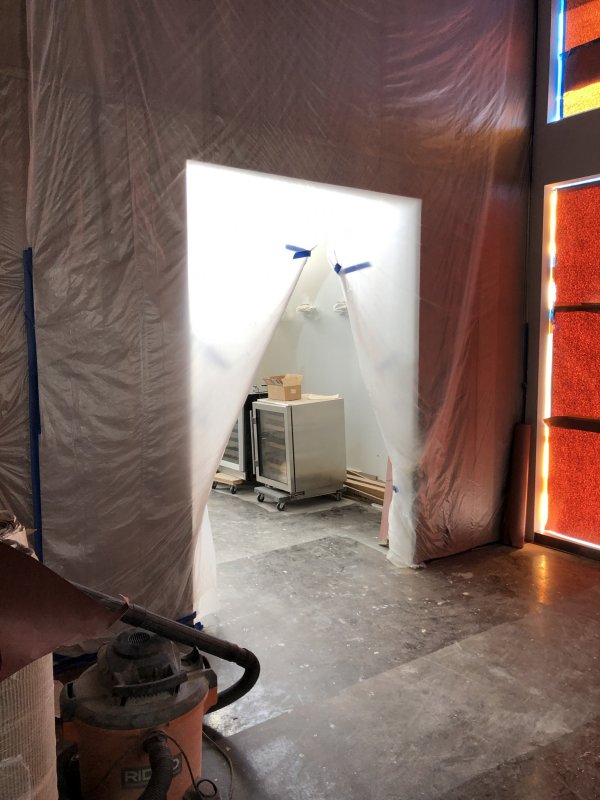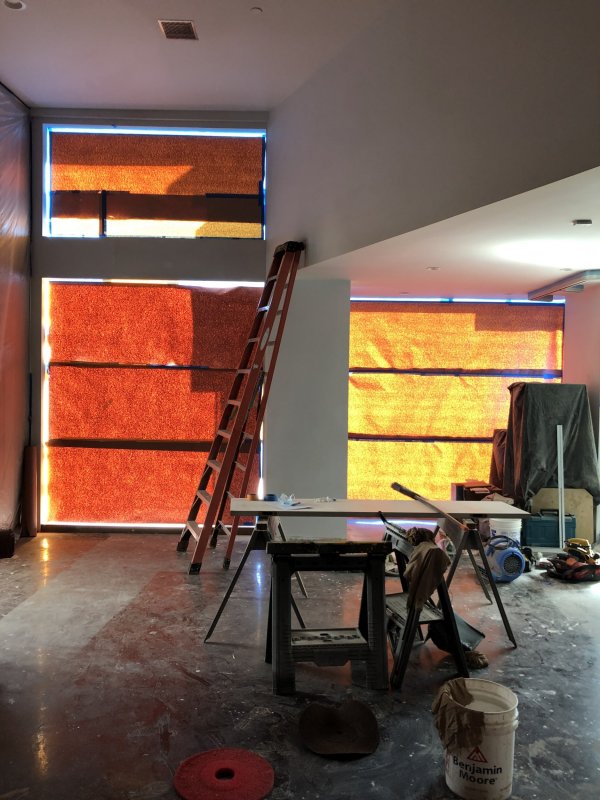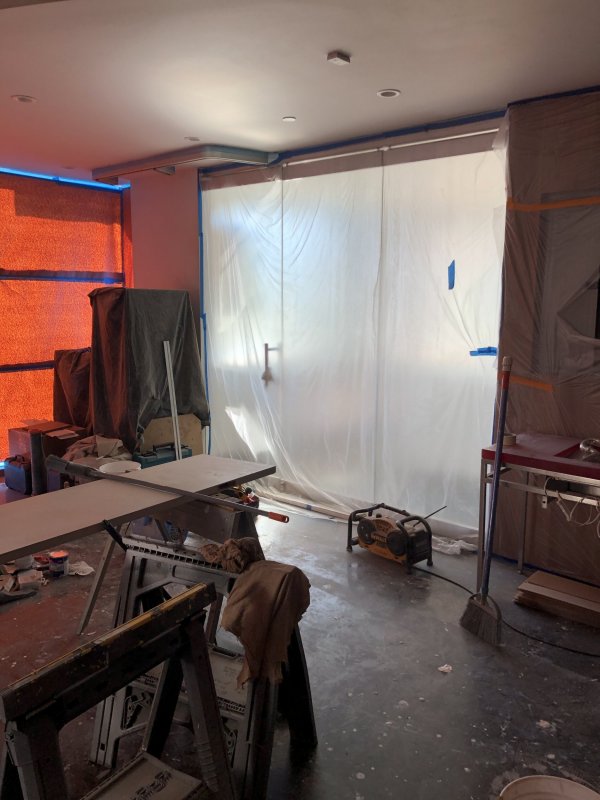Ron in my humble opinion we should all learn to accept that each and every one of us has different preferences and our ideas about our goal sound is different.
Collectively we (myself included) often look to others to validate our opinions before deciding to move forward with a decision. Indeed we can often go as far as to purchase something that deep down we have reservations on yet a small collective online may/may not support.
To quote Tim Gurney on my other thread, I think we are better to embrace the concept of my sound <> your sound and be comfortable in that decision and accept that our vision of the goal will be different from person to person.
Any mods tell me what was edited?




